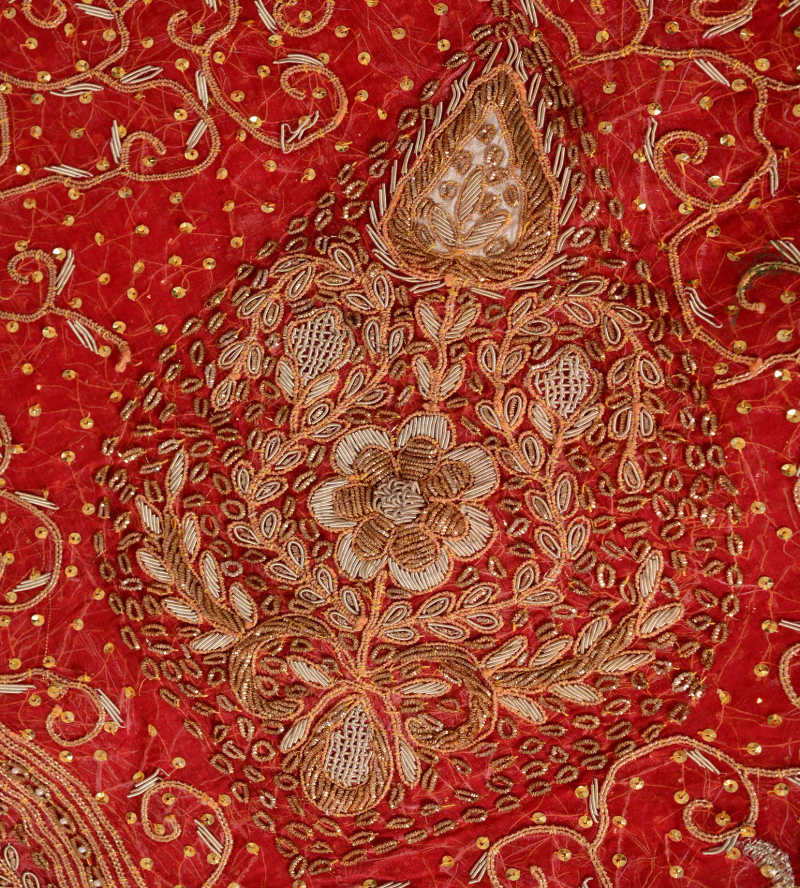===
0930,
2
===

=== |
 |
ḳhādim (of which ḳhuddām is the plural): 'A servant; a servant in charge of a mosque or shrine; one who has charge of a religious bequest or endowment'. (Platts p.483)
qaṣab : 'A sort of fine linen cloth (made in Egypt)'. (Platts p.791)
FWP:
SETS
MOTIFS == CHAK-E GAREBAN
NAMES
TERMS == IMPLICATIONThe first verse in the pair, {930,1}, could have stood alone; but this second verse in the pair presents itself explicitly, through the word 'accordingly', as a follow-up to something earlier.
All the abstractness of {930,1} is now suddenly replaced by a scene of much more action and detail. Now we learn that the gathering was a religious one, consisting of Sufistic 'darveshes' in their religious robes. We see the servants (of a shrine) now busily engaged in arranging for the repair of their masters' robes. We never 'saw' the darveshes rending their robes in their transports of rapture over Mir's ghazal, but of course the implication that they did so is impossible to avoid.
Is it desirable (as a proof of mystical absorbedness) or undesirable (as a waste of cloth and of servants' energy) that the darveshes have torn their robes in a hundred places? SRF seems to suggest in his discussion of {930,1} that the speaker implies a sense of sarcasm and triumph on Mir's behalf: how excellent the verses were, and 'how they brought low [gat banānā] the dignified darveshes!'. The idiom gat banānā is very strong: 'To reduce to a miserable plight, to beat' (Platts p.896). All these possible judgments and reactions are, as usual, left for us to decide for ourselves.